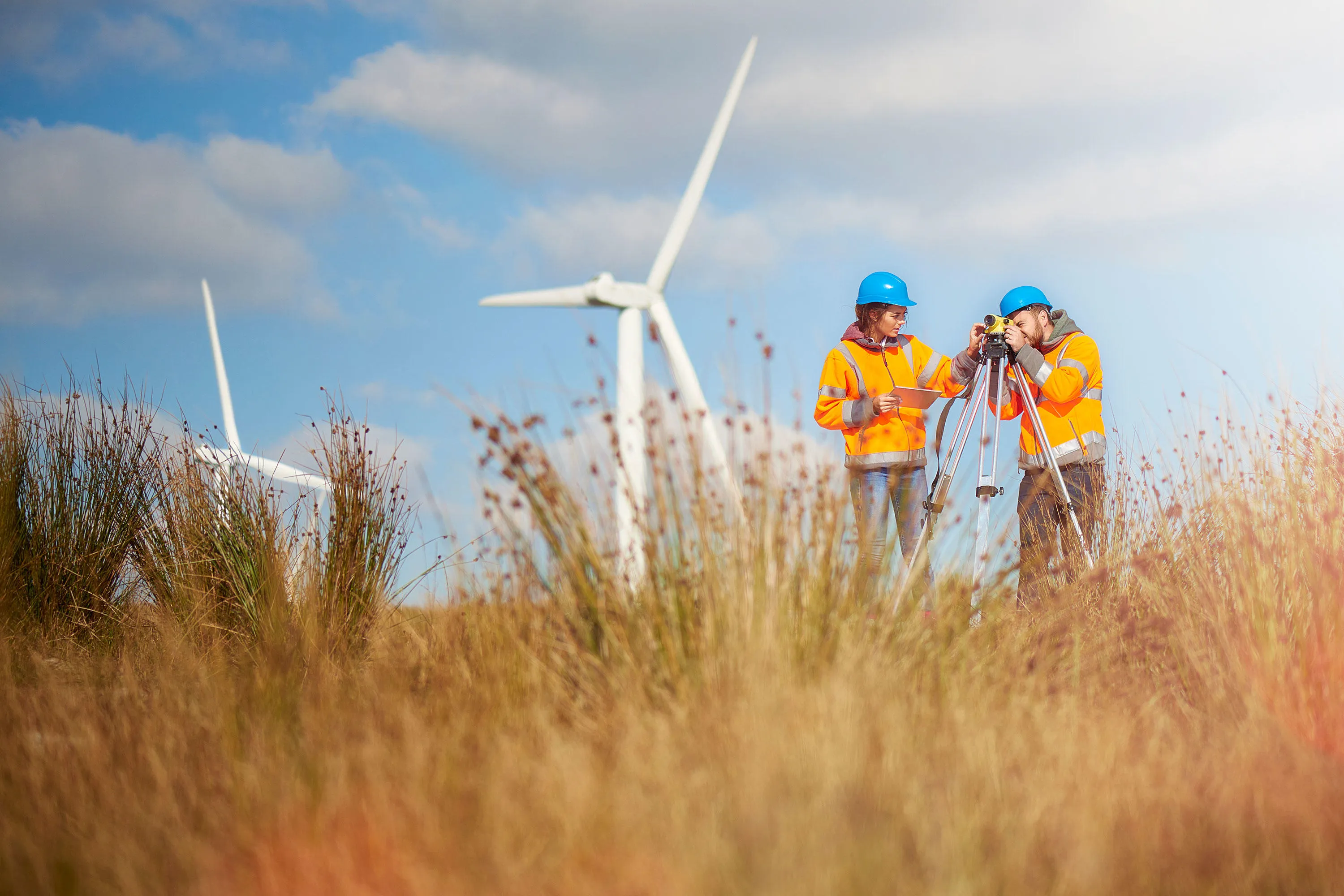
Location intelligence for managing climate change
Discover how location is supporting environmental programmes.
To build more resilient societies, the world needs trusted location intelligence to help protect and preserve the environment against climate change.

To resolve some of the problems caused by climate change, we need to monitor nature. To monitor nature effectively, we need to know where the problems are most likely to be. And to help people live sustainable lives, we need to see where the opportunities are to act. Ordnance Survey’s location intelligence is helping us adapt to and monitor nature, as well as hold governments and businesses to account.

Discover how location is supporting environmental programmes.

See how location intelligence is key to facing new climate challenges.

Validate carbon offset activity and help protect your business from greenwash.
Ordnance Survey’s location intelligence is helping to monitor the environment like never before.
Gathering real-world information about the earth we live in, OS aims to help protect and preserve the environment in the fight against climate change.
Location data has never been more important in highlighting the impact of climate change. As part of British Government, we use our expertise and experience to enable nations and organisations to respond efficiently and appropriately to climate challenges.

Recommendations on how geospatial can play a key role in tackling the climate crisis.

Mapping and monitoring our planet will enable innovative solutions for a sustainable world. Here's how we're applying geospatial information to climate challenges.

The Supply Chain Data Partnership (SCDP) launched at last year’s COP27 has reached a major project milestone in its drive to secure transparency in global supply chains.
Discover how geography is playing a vital role in both understanding and optimising supply chains, working towards a more sustainable future. Donna Lyndsay, Strategic Market Lead for OS, discusses the concept, progress, and future of the Supply Chain Data Partnership.
Discuss how OS can help with your sustainability challenges
OS is committed to being a sustainable organisation, and our focus looks inward as well as outwards. While we help our customers build their own greener solutions, we also manage our own products and processes to ensure a more positive impact on the environment.
Are you alert to the nation’s wellbeing and strive to build healthier and safer societies?
Do you want to help connect people and communities better, so that they can all prosper more equally?